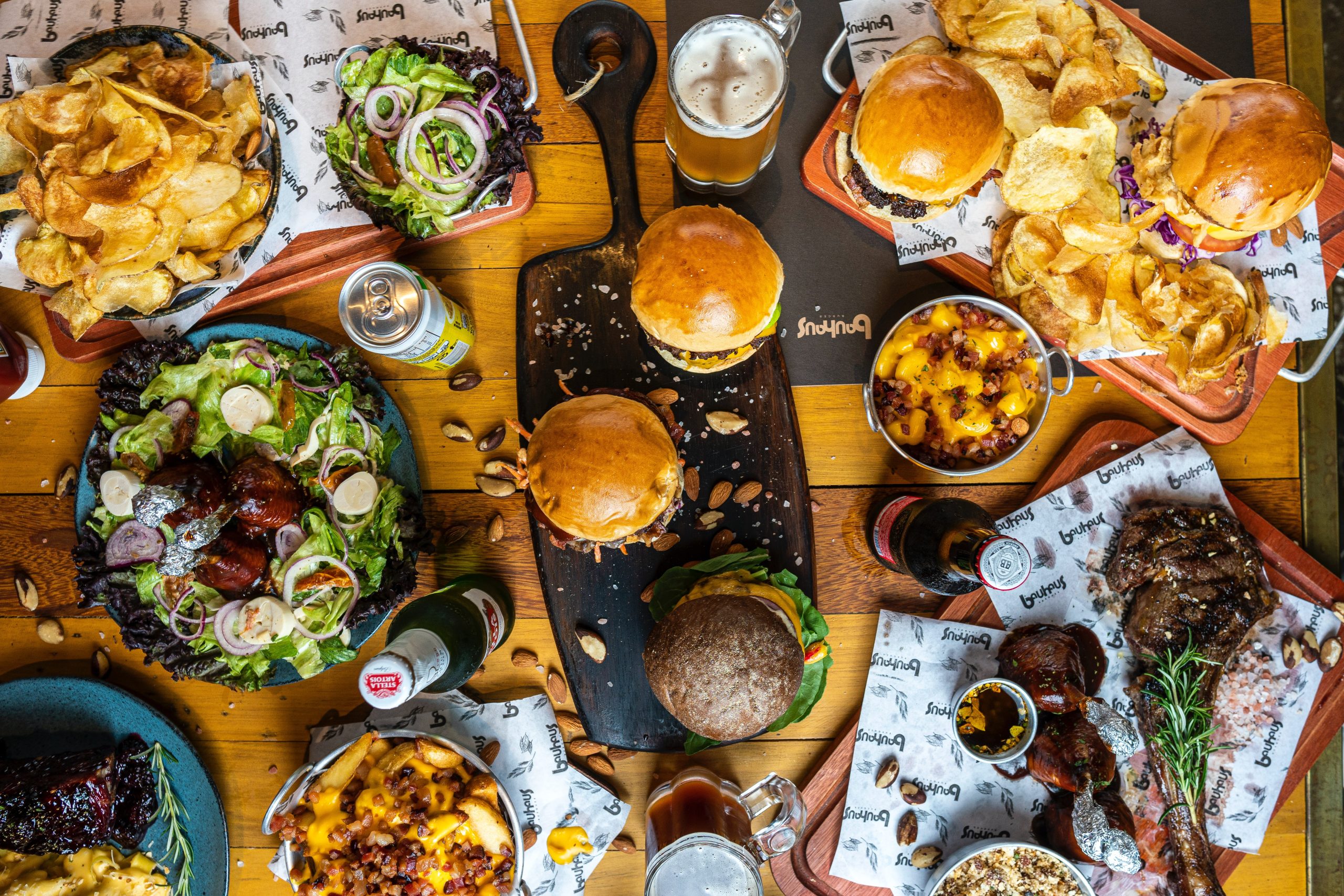
Lauren Dempsey, MS in Biomedicine and Law, RN, FISM News
[elfsight_social_share_buttons id=”1″]
A new study conducted by researchers from the University of Kansas and the National Institutes of Health (NIH) may explain how certain foods may be linked to caloric intake.
The results of the study showed that “hyper-palatable” foods caused cravings and led people to a consumer far more calories.
The team analyzed the effects of different meal characteristics across four different diets to determine how dietary patterns and certain food types can be used as a prevention or treatment for obesity.
The study results were published in Nature last month and describe how meal energy density (calories per gram of food), how quickly meals were eaten, and consumption of hyper-palatable foods influenced caloric intake. The protein content of the meals was also considered but had a more variable effect.
The team of researchers analyzed data from 35 adult participants who were included in two inpatient feeding studies and had a stable weight for the previous 6 months. During the studies, the participants were exposed to minimally processed diets that varied in carbohydrate and fat levels or diets with moderate levels of carbohydrates and fats that varied in ultra-processed and minimally processed foods.
The participants were given two different diet plans with 7-day rotating menus for two weeks. One important aspect of this study is that the amount of food that participants were asked to eat was unrestricted.
Researchers then analyzed data from more than 2,700 meals which included information on energy density, protein content, speed of eating, and percentage of hyper-palatable foods consumed- defined as those high in fat, sodium, fat, and sugar, or high in carbohydrate or salt.
According to Tera Fazzino, who is associate director of the Cofrin Logan Center for Addiction Research & Treatment at the KU Life Span Institute and assistant professor in the KU Department of Psychology, hyper-palatable foods are produced in such a way that makes them extremely satisfying, causing cravings, and making it hard to stop eating them, which ultimately leads to higher calorie consumption.
Fazzino explained that the team of researchers was interested in understanding “how hyper-palatable characteristics of foods, in combination with other factors, influenced how many calories a person consumed in a meal.”
The researchers found that energy density, percentage of highly palatable foods consumed, and eating rate all correlated with increased energy intake, or the amount of food consumed, across all diets.
However, protein content was less consistent. The findings indicate that a higher intake of protein correlated with increased consumption in diets that included unprocessed and ultra-processed foods with moderate levels of carbohydrates and fat.
Another recent study showed that eating ultra-processed foods leads to a significant increase in the likelihood of cancer and premature death, FISM News reported.
Researchers also found that previous meal protein consumption correlated to increased energy intake in meals that were low fat and low in carbs, but decreased energy intake when participants were eating an ultra-processed diet. Protein levels have been linked to increased satiety, or that feeling of fullness after eating a meal.
They noted that further research is needed to confirm their findings. However, they are hopeful that this will shed some light on the importance of how hyper-palatability influences people’s eating choices and weight.
Obesity is a growing epidemic in the United States, according to the Centers for Disease Control and Prevention (CDC) 41.9% of adults and 19.7% of children are considered obese. This is a common, but serious, chronic disease that is linked to numerous health issues, reduced quality of life, and an increased risk for heart disease, cancer, stroke, diabetes, and premature death.
The CDC recommends that families implement household routines and practices together to help the entire family maintain a healthy weight and positive lifelong habits. The World Health Organization (WHO) reports that a healthy diet is key to protecting against malnutrition and noncommunicable diseases and that the leading risk factor for disease is unhealthy diet and lack of physical activity.
